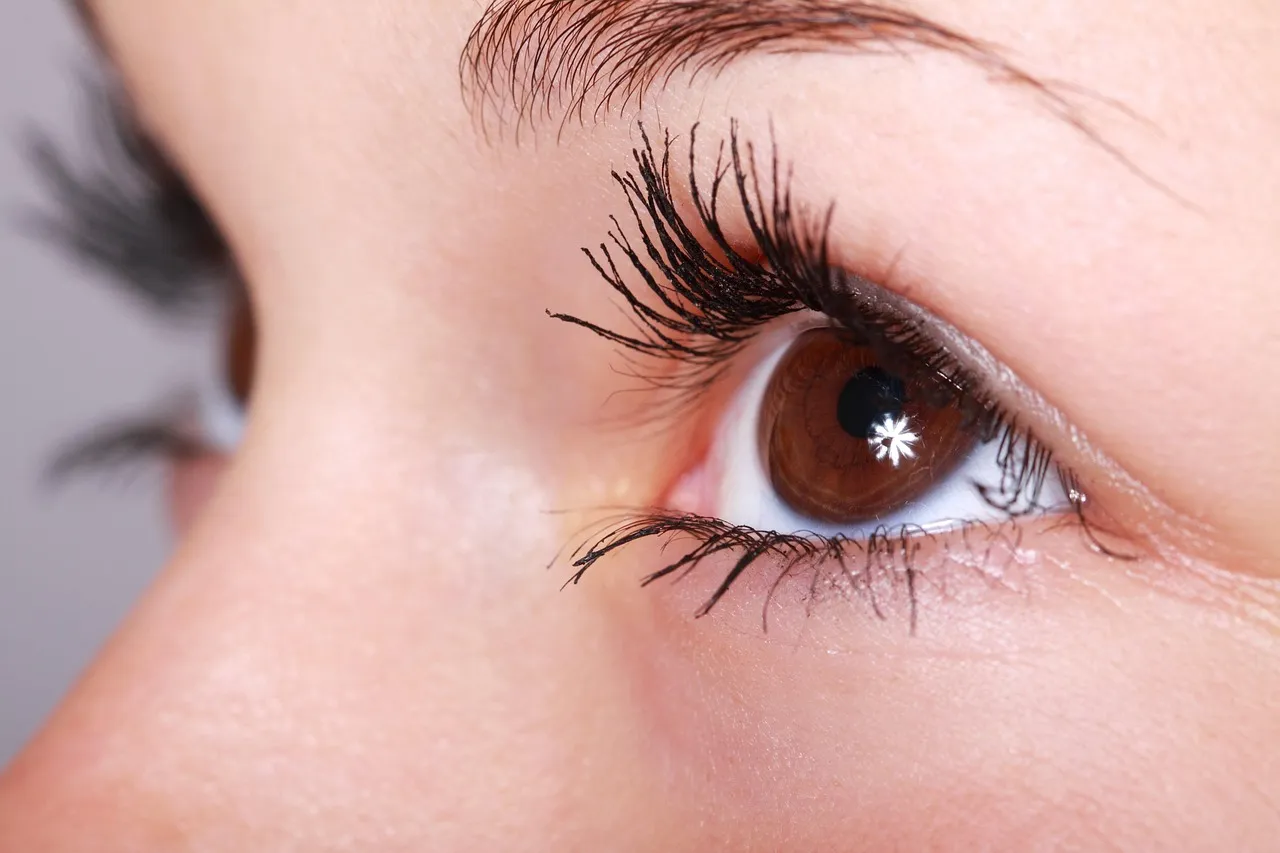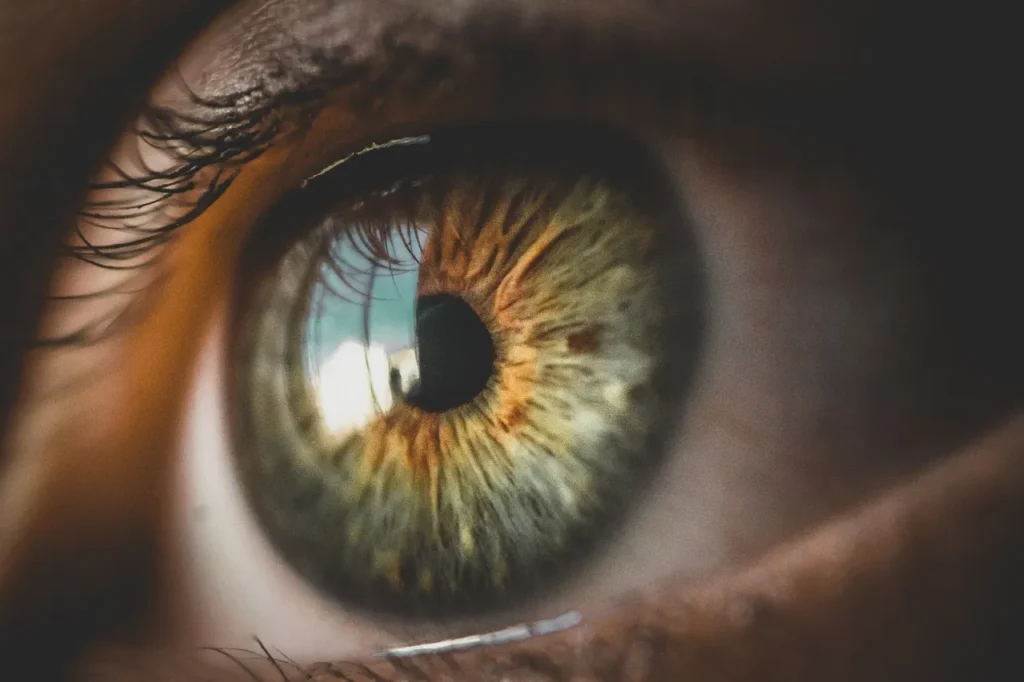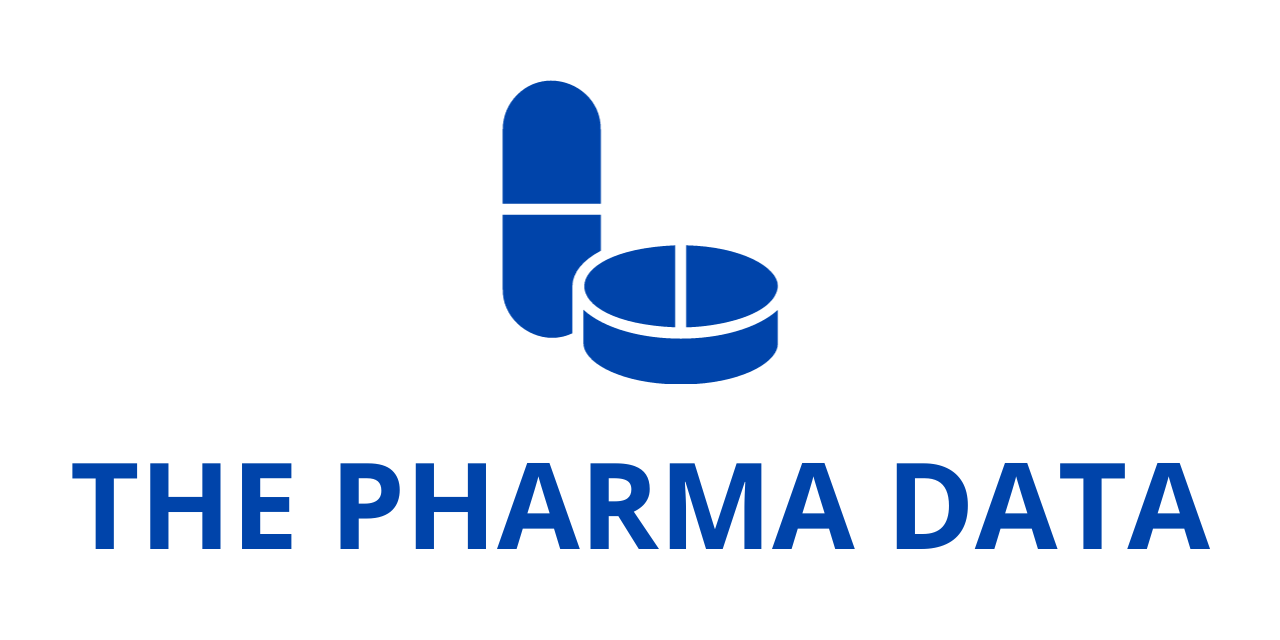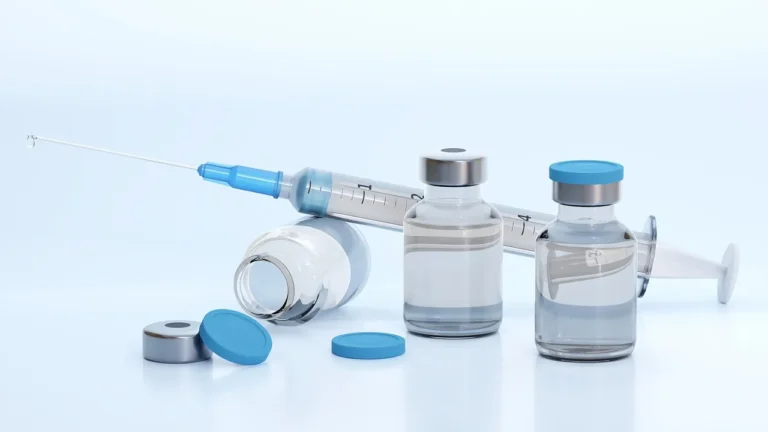
FDA Issues Complete Response Letter to Aldeyra for Reproxalap Dry Eye NDA
Aldeyra Therapeutics, Inc.a biotechnology company committed to the development of innovative therapies targeting immune-mediated and metabolic diseases, announced today that it has received a Complete Response Letter (CRL) from the U.S. Food and Drug Administration (FDA) regarding the resubmission of its New Drug Application (NDA) for reproxalap, an investigational therapeutic candidate for the treatment of dry eye disease.
Despite no identified safety or manufacturing concerns related to reproxalap, the FDA concluded that the data presented in the NDA failed to sufficiently demonstrate the efficacy of the drug in treating the ocular symptoms associated with dry eye disease. In the letter, the FDA noted that the NDA “failed to demonstrate efficacy in adequate and well-controlled studies in treating ocular symptoms associated with dry eyes,” and that “at least one additional adequate and well-controlled study to demonstrate a positive effect on the treatment of ocular symptoms of dry eye” is required.
The CRL also referenced issues related to data interpretation within the submitted clinical trials. According to the FDA, methodological concerns—such as inconsistencies in baseline scores across treatment arms—may have compromised the clarity and reliability of the results. These concerns appear to be a critical factor in the agency’s decision not to approve the application at this time.
Regulatory Background and Clinical History
Under the FDA’s draft guidance for developing treatments for dry eye disease, drug efficacy must typically be supported by data from two well-controlled symptom trials and two sign trials. This multi-faceted approach reflects the complex and multifactorial nature of dry eye disease, which encompasses both subjective symptoms (such as eye discomfort) and objective signs (such as ocular redness).
In line with these guidelines, Aldeyra previously submitted an NDA in November 2022 that included data from multiple clinical studies. These included two trials focused on ocular redness conducted in a controlled dry eye chamber setting and two environmental exposure symptom trials. Despite this comprehensive dataset, the FDA issued a Complete Response Letter in November 2023 for the initial NDA submission, indicating that at least one additional symptom trial was needed to support approval.
Following further discussions with the FDA, Aldeyra adopted a strategic and multi-pronged clinical approach designed to address disease heterogeneity and mitigate potential variability stemming from clinical trial site differences and environmental influences. As part of this revised strategy, the company initiated three additional clinical trials focused on dry eye symptoms:
- A dry eye chamber trial conducted in a controlled environment.
- A second chamber trial at a different location to assess consistency across sites.
- A six-week field trial evaluating patients under real-world environmental conditions.
In August 2024, Aldeyra announced that the primary endpoint was met in the first dry eye chamber trial, representing a promising milestone. Subsequently, the company resubmitted the NDA in October 2024, supported by updated data from the newly completed trial. Despite this progress, the recent Complete Response Letter reflects the FDA’s position that further evidence is needed—particularly from symptom trials—to sufficiently support approval.
Next Steps and Regulatory Path Forward
Aldeyra plans to meet with the FDA in a Type A meeting within approximately 30 days to address the concerns raised in the CRL. Type A meetings are typically convened at the request of a sponsor following the issuance of a CRL and are intended to provide an opportunity for open discussion regarding the agency’s decision and the path forward for potential approval.
Looking ahead, Aldeyra anticipates announcing top-line results from both the ongoing field trial and the second dry eye chamber trial during the second quarter of 2025. Should these trials yield positive efficacy results and adequately address the FDA’s concerns, the company intends to resubmit the NDA by mid-2025. Based on current regulatory timelines, the review period for the resubmitted application is expected to take approximately six months from the date of acceptance.
Financial Position and Resource Allocation
As of December 31, 2024, Aldeyra reported holding $101 million in cash, cash equivalents, and marketable securities. With the majority of clinical trial expenditures already incurred in 2024, the company estimates that the remaining cost to complete the ongoing dry eye clinical trials in 2025 will be approximately $6 million. This prudent financial management allows Aldeyra to remain well-capitalized as it continues to pursue regulatory approval and commercialization pathways for reproxalap.
CEO Commentary and Product Potential

“Pending positive results from the ongoing clinical trials and discussions with the FDA, we look forward to a potential NDA resubmission mid-year 2025,” said Todd C. Brady, M.D., Ph.D., President and Chief Executive Officer of Aldeyra Therapeutics. “Reproxalap remains the only late-stage topical ocular therapy suitable for chronic administration that has potentially demonstrated rapid reduction in ocular redness, as well as meaningful improvement in ocular discomfort. This highlights reproxalap’s unique and broad therapeutic activity in addressing both the signs and symptoms of dry eye disease.”
Dr. Brady emphasized the significance of reproxalap’s clinical profile, especially in a therapeutic landscape where few treatments offer dual benefits for both signs and symptoms, particularly with the potential for chronic use. If approved, reproxalap could become an important addition to the current treatment paradigm, addressing unmet needs among millions of patients suffering from dry eye disease.
Dry Eye Disease: An Overview
Dry eye disease is a common, multifactorial condition affecting the ocular surface, characterized by symptoms such as dryness, irritation, and visual disturbance. It is often associated with inflammation and tear film instability, and it can significantly impact a patient’s quality of life. The condition affects an estimated 16 million adults in the United States alone, with even more individuals experiencing undiagnosed or subclinical symptoms.
Despite the prevalence of the disease, treatment options remain limited. Current therapies, including artificial tears, corticosteroids, and immunomodulators like cyclosporine and lifitegrast, can be associated with limitations such as delayed onset of action, stinging upon instillation, and challenges with long-term tolerability.
Reproxalap, with its novel mechanism of action as a reactive aldehyde species (RASP) modulator, offers a differentiated approach to targeting ocular inflammation, one of the key drivers of dry eye disease. By reducing oxidative stress and inflammation at the ocular surface, reproxalap could provide rapid and meaningful symptom relief for patients, potentially overcoming the limitations of existing therapies.
While the FDA’s issuance of a Complete Response Letter for the reproxalap NDA resubmission represents a regulatory setback, Aldeyra Therapeutics remains on a proactive and strategically sound path forward. With additional clinical trials nearing completion and plans to resubmit the NDA by mid-2025, the company continues to demonstrate its commitment to advancing a much-needed therapy for patients suffering from dry eye disease.
The coming months will be pivotal as Aldeyra announces results from the ongoing trials and works closely with the FDA to address the remaining regulatory requirements. If successful, reproxalap may yet emerge as a first-in-class treatment offering broad benefits for patients managing the burdens of dry eye disease on a daily basis.





